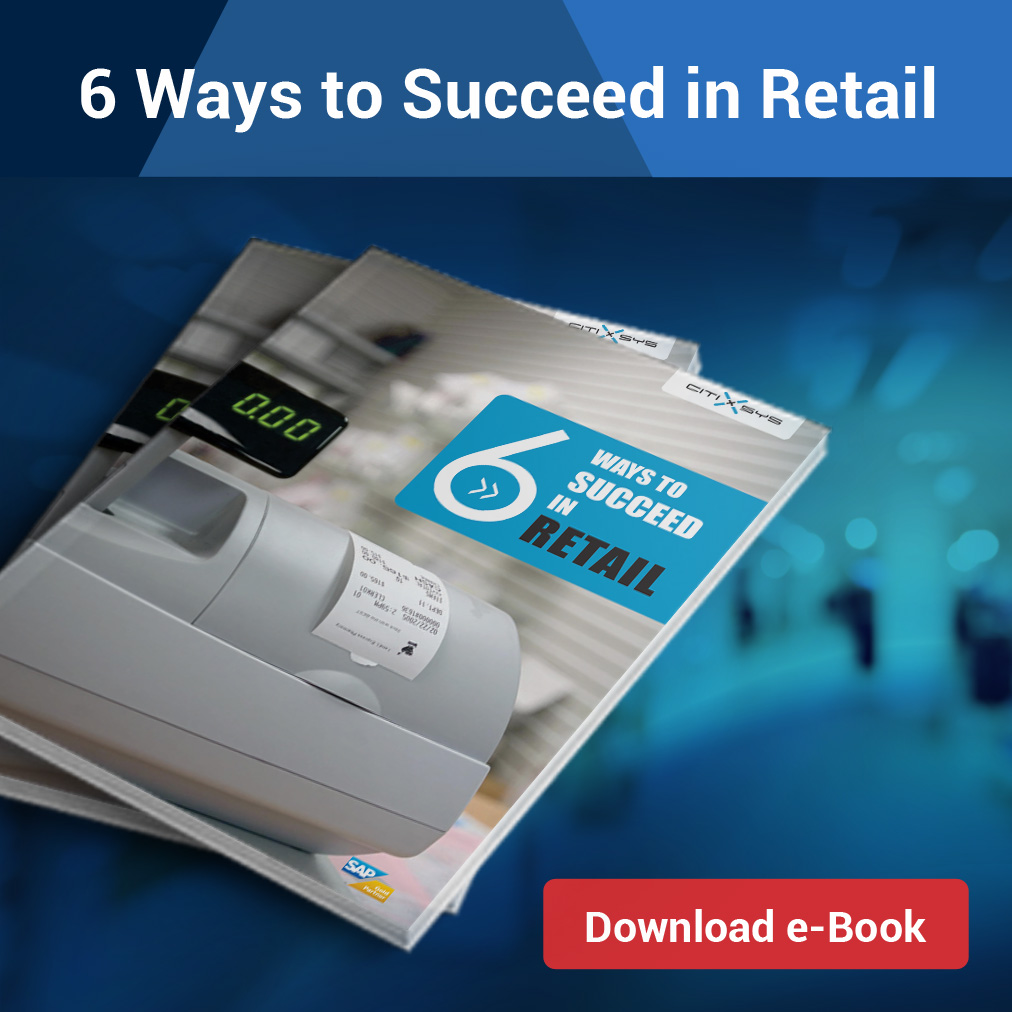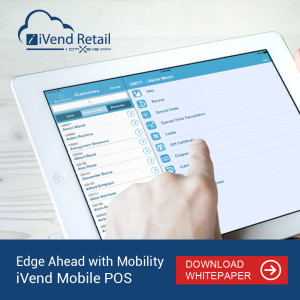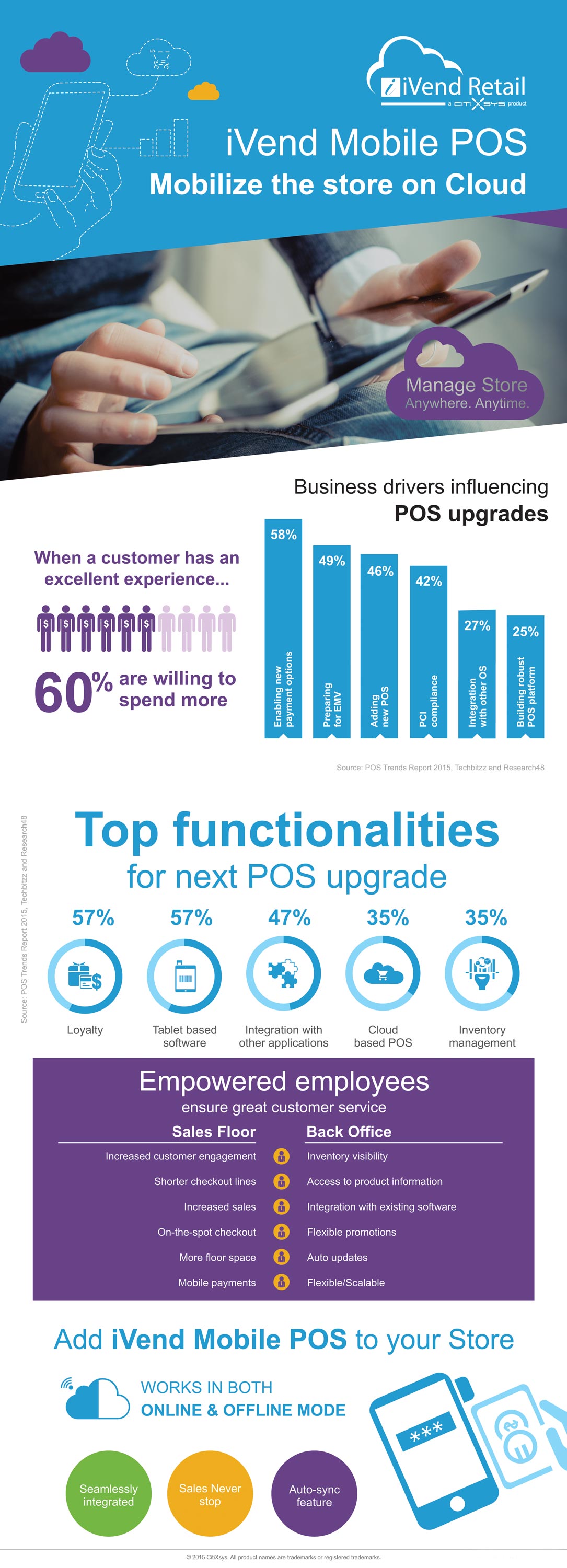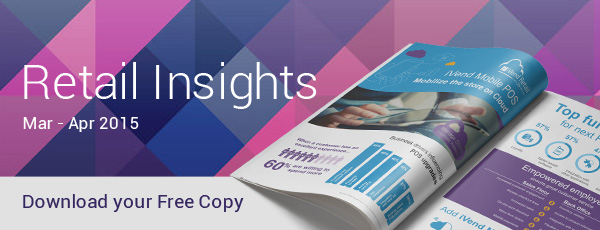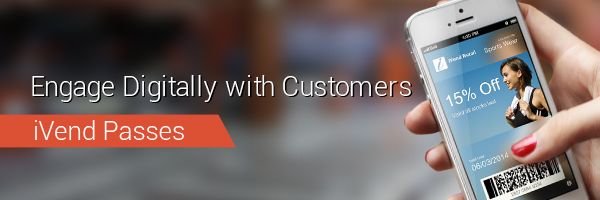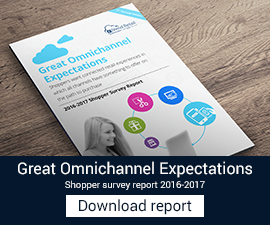
CitiXsys conducted five-day intensive training sessions for partners across three continents in Houston, Melbourne and Mexico City. Our trainings were carefully designed to provide information-packed sessions, accompanied by extensive learning opportunities. Training workshops were a great success for the attending partners as they helped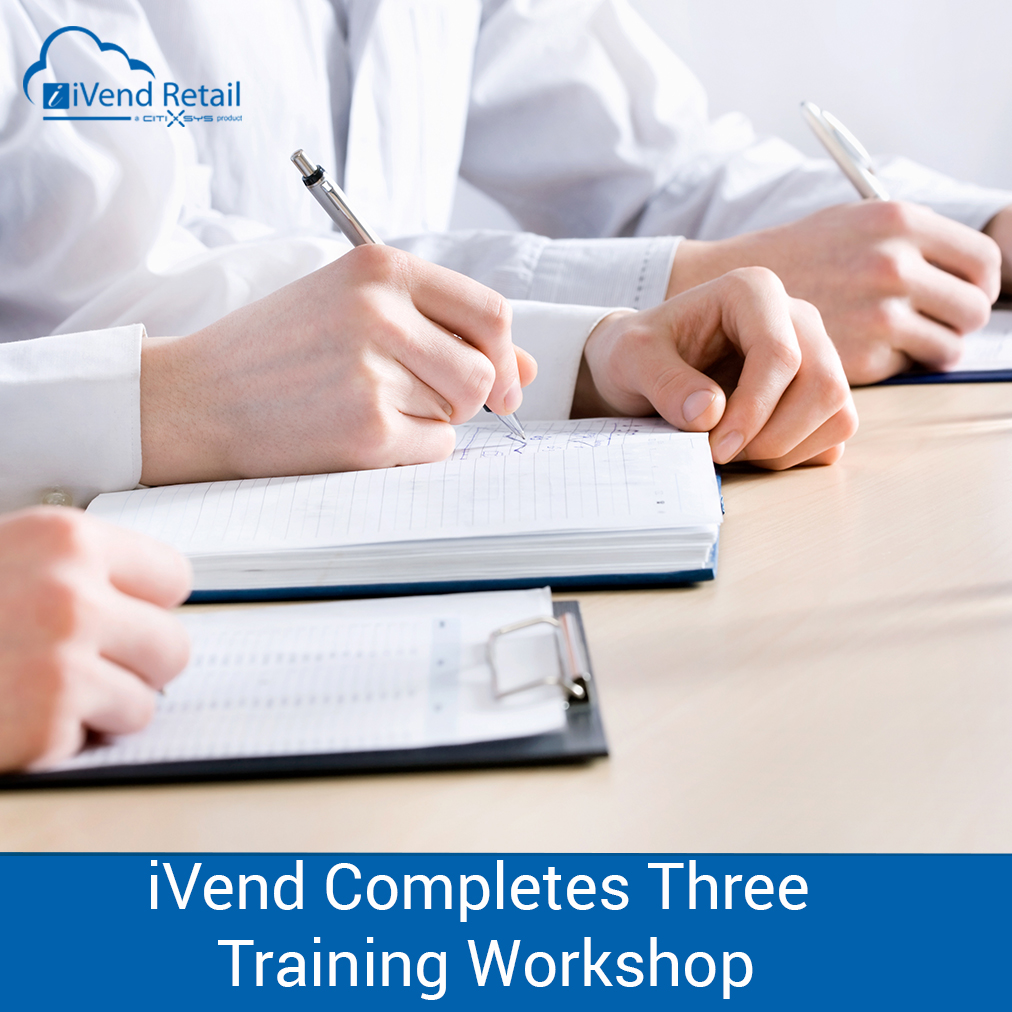 them in improving iVend Retail product knowledge.
them in improving iVend Retail product knowledge.
The objective of the advanced classroom training program was to help the candidates gain in-depth knowledge of iVend Retail applications, including Terminal POS, Mobile POS, Loyalty and Passes.
During the training program, the participating consultants learnt about module implementation, configuration and overall use of the application. The ‘Consultants’ also learnt valuable product enablement processes and methodologies, including best practice techniques. Through these intensive classroom sessions, the students sharpened their skills, which all acknowledge will ultimately lead to realization of greater benefit to the end-customers, helping them streamline their businesses for greater productivity and profitability.
Training Locations:
Melbourne, Australia | Houston, Texas, USA | Mexico City, Mexico
In Melbourne the training session was conducted by David Webb, who is the Director of Partner Enablement and Client Connect at CitiXsys Technologies and Sandra Callanta Cosejo, Local Product Expert (SE Asia) – Product Consulting. David also conducted the Houston training session, where he was accompanied by Sebastien Gutierrez, the Local Product Expert – Product Consulting for North America. The training in Mexico City was conducted by Izairis Avila Lopez, the Professional Services Consultant – Product Consulting and Adriana Ramirez Romo, Local Product Expert – Product Consulting for the region of Latin America.
Participating consultants from all the training sessions achieved Certification in Implementation of iVend Retail Applications at the conclusion of the 5-day training program.
Talking about the product learning session, David Webb expressed, “It was a real pleasure running the training in our solutions for all the consultants. It was even better to experience their enthusiastic interest in every topic and see such dedication in participation to all aspects of the training activities. The high level of professionalism shown by all of our attending partners is something they can all be proud of, and is worthy of recognition.”
These classroom sessions were part of several that CitiXsys has planned for 2015. Upcoming events for Dubai in the Middle East and Bangkok in SE Asia are nearing full capacity with an overwhelming list of registrations. It is truly uplifting to see so many of our valued partners signed up for these training sessions.
In the end, (as all candidates experience!) what emerges are smarter, sharper iVend Product Experts.



